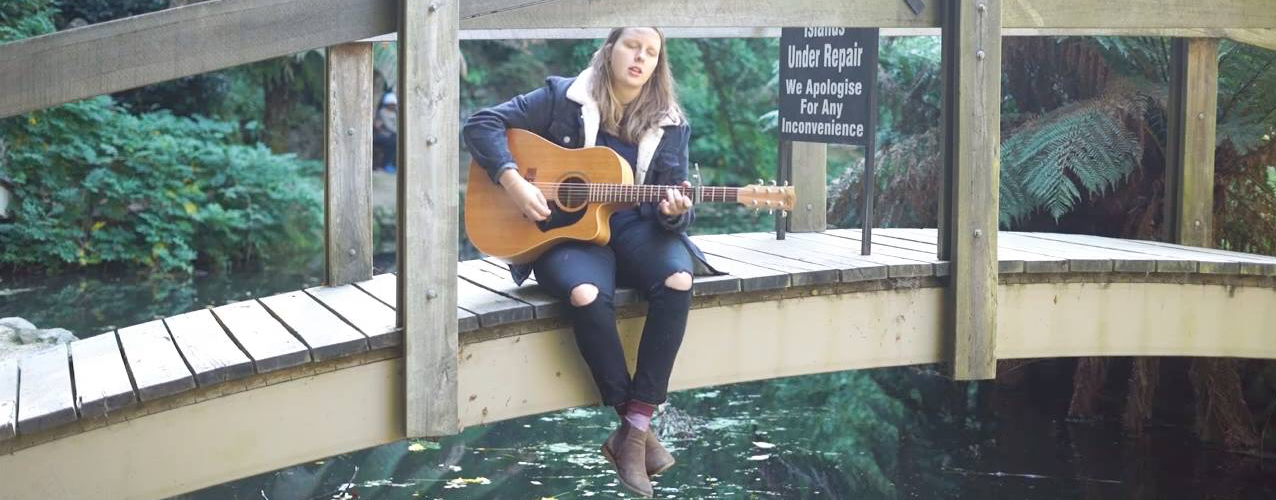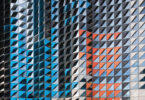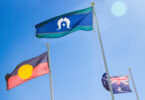The biggest music organisation in Australia has announced sweeping changes to increase gender diversity in the Australian music industry.
APRA AMCOS – the music body that collects royalties for musicians in Australia – has committed to double the intake of new female members in three years, introduce strict 40 per cent female participation measures in its programs, and performers at its events and announced a mentorship program for emerging artists.
Earlier this year, Triple Js Hack produced its second annual investigation into the gender gap in the music industry.
As Hack reported in March, only 21 per cent of works written by APRA members in 2016 were women and only 25 percent of new APRA members were women.
APRA AMCOS’ new mentorship program will initially run for three years and pair emerging female artists to an already established mentor.
Skipping a Beat
APRA’s announcement comes after a new report surfaced (via Music Feeds) which has found that women remain “chronically disadvantaged” within the Australian music industry,
Conducted by the University of Sydney’s Women, Work and Leadership Research Group, the new research highlights the clear divide between the representation of men and women in Australian music on everything from festival lineups to industry boards.
“Whether it be radio playlists, festival lineups, industry awards, major industry boards, male artists and voices overwhelmingly dominate the Australian music industry,” lead author Associate Professor Rae Cooper says.
Women currently represent a third of all employed musicians in Australia, but even more specific positions within the industry illustrate a gender gap.
[infogram id=”payments_made_to_songwriter_members_registered_with_apra_in_2016″ prefix=”eYg” format=”interactive” title=”Payments made to songwriter members registered with APRA in 2016″][infogram id=”artist_managers_in_australia” prefix=”voN” format=”interactive” title=”Artist managers in Australia”]
“When we look at the gender breakdown for more technical roles such as sound engineering and music production, the gap becomes even wider,” Professor Cooper adds.
“Women in the music industry are not only confronted with the ‘glass ceiling’, but also ‘glass walls’, where women congregate in occupations and sectors where the majority of employees are women.”
“Inclusive, representative music industries are the foundation of a rich and diverse music landscape,” says co-author Dr Amanda Coles of Deakin University.
“The Australian music industry must catch up to the changes happening across the creative industries more generally.”
https://www.instagram.com/p/BW1unKIhXfF/?hl=en&taken-by=triple_j
Funded by the Media Entertainment and Arts Alliance (MEAA) and produced with the assistance of PhD candidate Sally Hanna-Osborne, the report titled ‘Skipping a Beat’, can be read in full here, and provides yet another valuable insight into the state of our music industry.
“It makes good business sense for the Australian music industry to increase gender diversity in key decision making roles,” Professor Cooper says.
“We know from international research that organisations and industries with gender diversity at the senior leadership level perform better not only in terms of connecting with their customers but with business innovation.”
[infogram id=”what_were_australians_loving_in_2016″ prefix=”XKG” format=”interactive” title=”What were Australian’s loving in 2016″]What this means to female artists
21-year-old Melbourne-based artist Bridgitte Jessop, better known as Eaglemont, is one musician who feels the gap in terms of being a woman in the industry.
For Eaglemont, APRA AMCOS’ commitment to increase gender diversity and provide young women with positive role models is a massive strep in the right direction.
“Having more women being present members of the music industry can only mean a good thing.”
“The more women that are actually getting an income and have their song registered, the more they can be recognised and change the gender gap that we have in the industry”.
While reasons for the gender gap are complex, the encouragement and visibility of female artists can be a major barrier for women.
“Participation levels of women and girls in traditionally male dominated industries have stayed the same for quite a long time due to not having a role model or someone you can look up to so things like the mentorship program are great.”
“You do lose a lot of women in the mid teens, late teens and early 20s due to discouragement in a lot of industries, so if there’s a mentorship program happening it can motivate women to get involved and be more motivated and encouraged to be apart of a very fickle and cutthroat industry.”
All data from the charts sourced from ABC Hack’s second annual Girls To The Front investigation.
By Katerina Paltoglou






